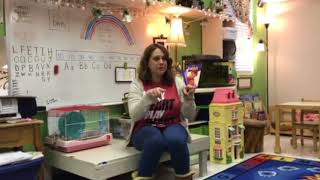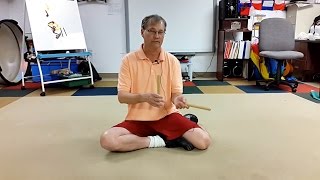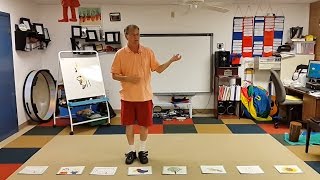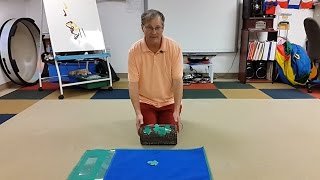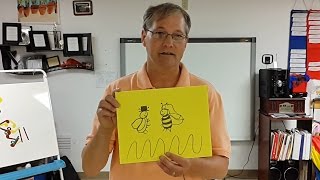Steve Elmore | Wichita Collegiate School | Wichita, Kansas
Here is a way to get each student to sing on their own so you can hear them. Young children can be shy or fearful about singing in front of others, but using a puppet can help overcome that. In this lesson, the teacher uses a fun clown puppet that hides and a song the student sing to get him to come out. The teacher can also ask each student to sing something specific, like an interval with the words “Come out!” to get the clown to appear.
Read Transcript
A good way to get students to sing, solo to you, without actually singing in front of the kids, or not realizing they’re doing it, is to use puppets. This is one way this is little clown. Little clown lives in this can, and so we sing the song, or I sing the song to the class. Later on, when they’ve learned it sometimes they sing along with me. We know you’re hiding in there, we know you’re crouching down. We really want to see you. Come out little clown, and he’s dancing, he’s dancing all around, and he’s dancing, he’s dancing all around, and he’s dancing, he’s dancing all around, and then he stops, and goes back down. Down, down, down, down, down, down, down, down. And often once the students get familiar and comfortable with you, and with the song, when the clown comes out they will jump up, and they’ll dance with you, and then when you’re going down they will actually come down which you can model. You can stand up and then crouched down as he’s going down. Down, down, down, down, down, down, down, down. Then the way you get the kids to sing is, that they want the clown to come out they have to sing, match a pitch, an interval with you. So, you’ll say come out, or come out, whatever you happen to be working on. They’re actually singing to the clown, not to you, or to get the clown to come out. So, they’ll sing come out usually I sing to them first, come out. They sing, come out. And then I’ll repeat it to them, so that they can hear what they’re sounding like. I’ll repeat what they sang, even if it’s not what I sang, and I don’t try to make them sing what I’m singing. If it’s anywhere close, or really anything I just sing it back to them, so they hear it come out. And then the little clown will come out. You have to emphasize that he’s scared if they talk, and he’s really scared if they yell, so they have to sing, then he’ll come out. Come out and then he can give them a kiss, or he can do a high five, or shake hands, or a little hug, as long as they’re not, you know hitting the clown, because that stirs him to, and he’ll go back in.

